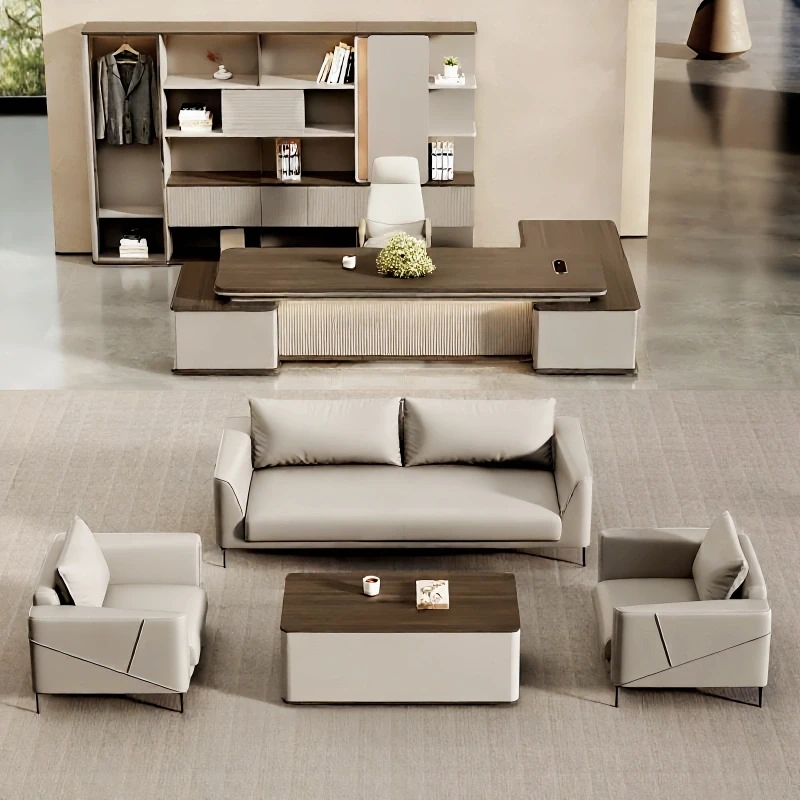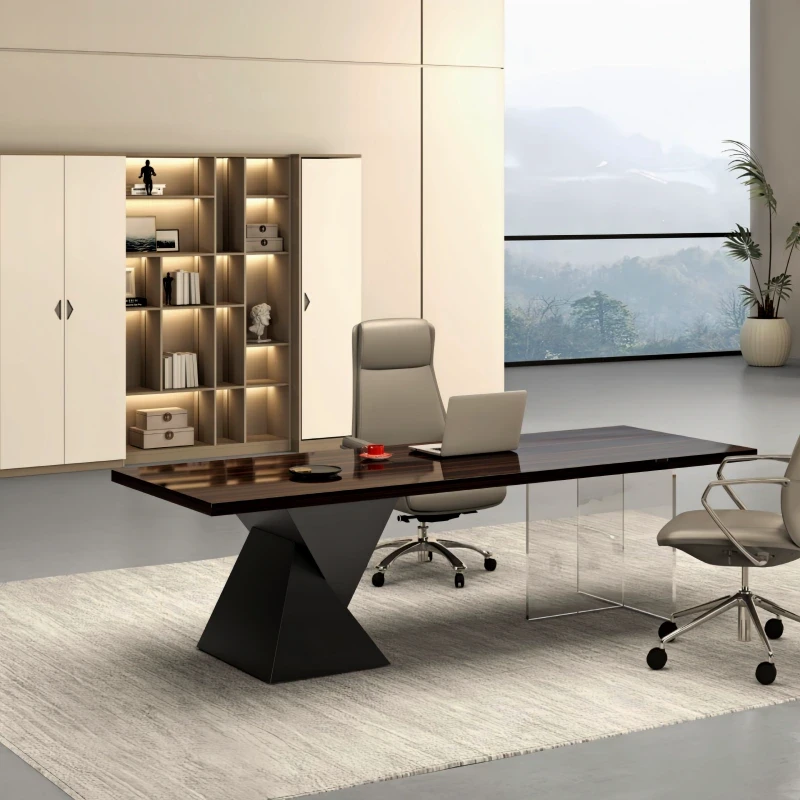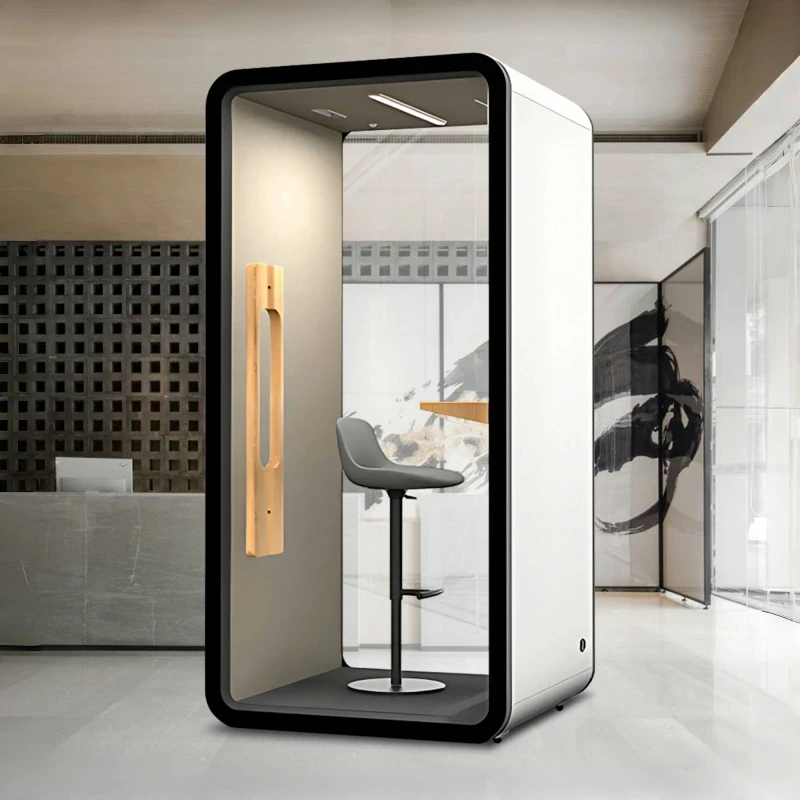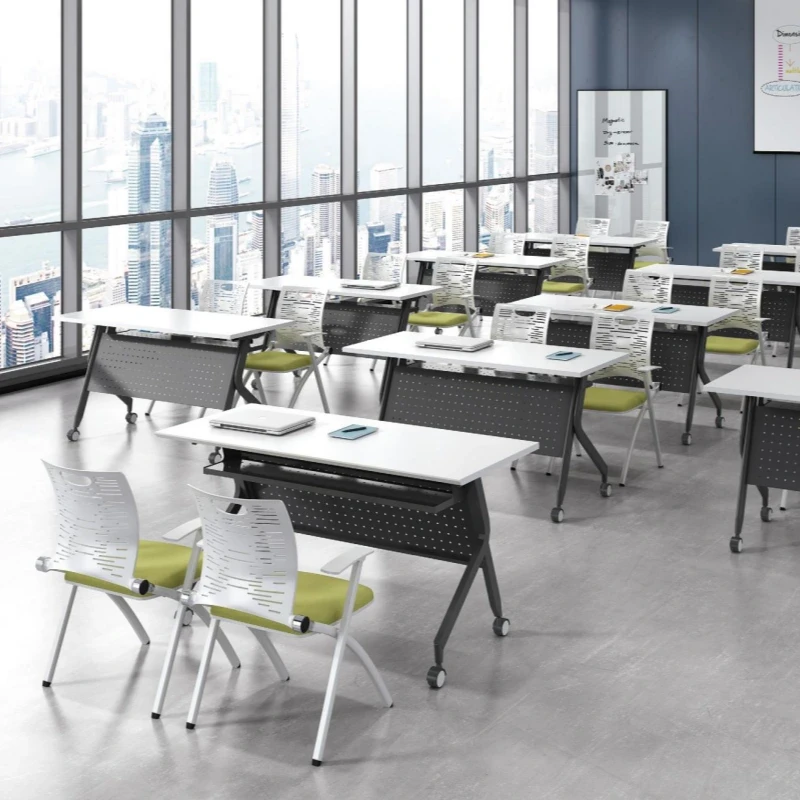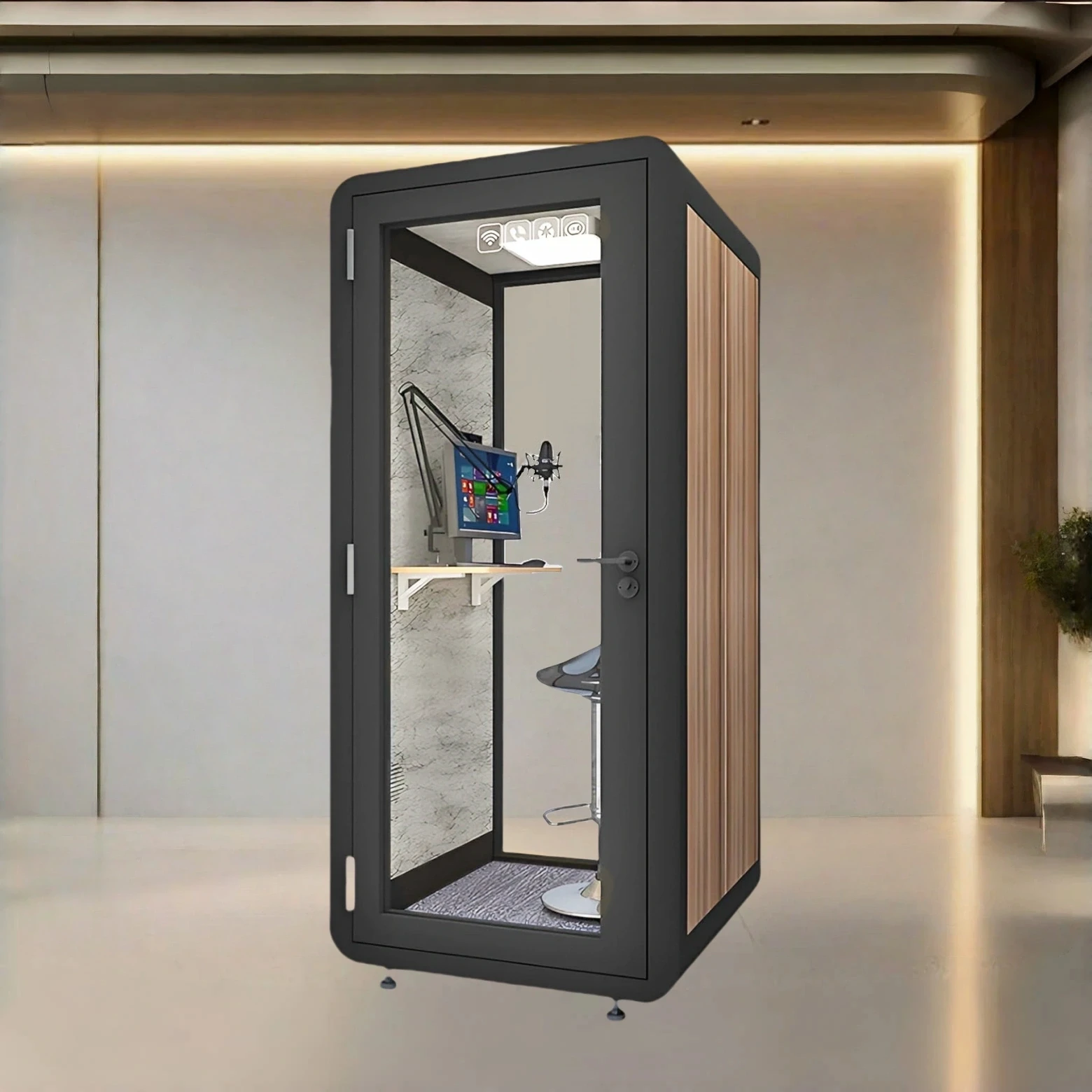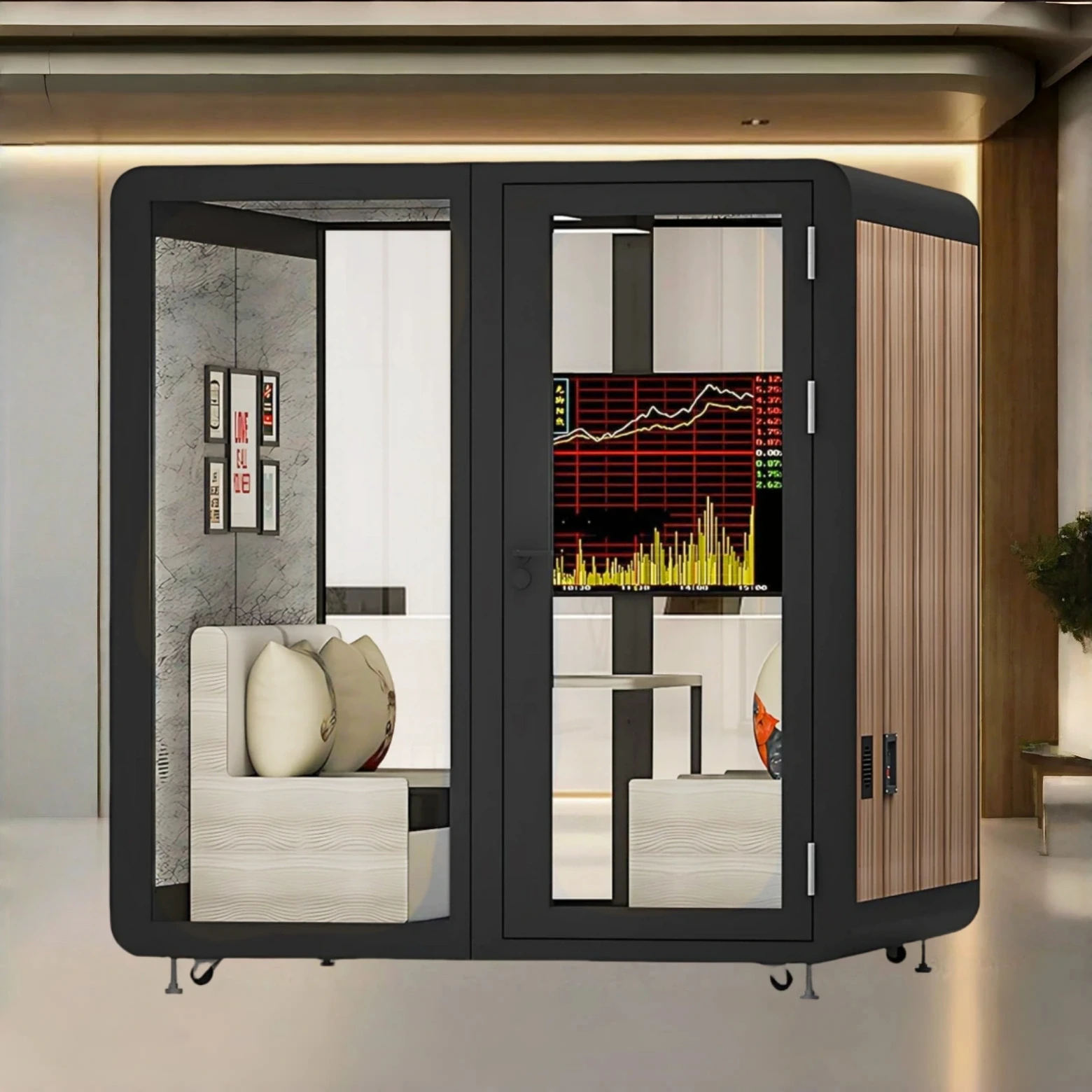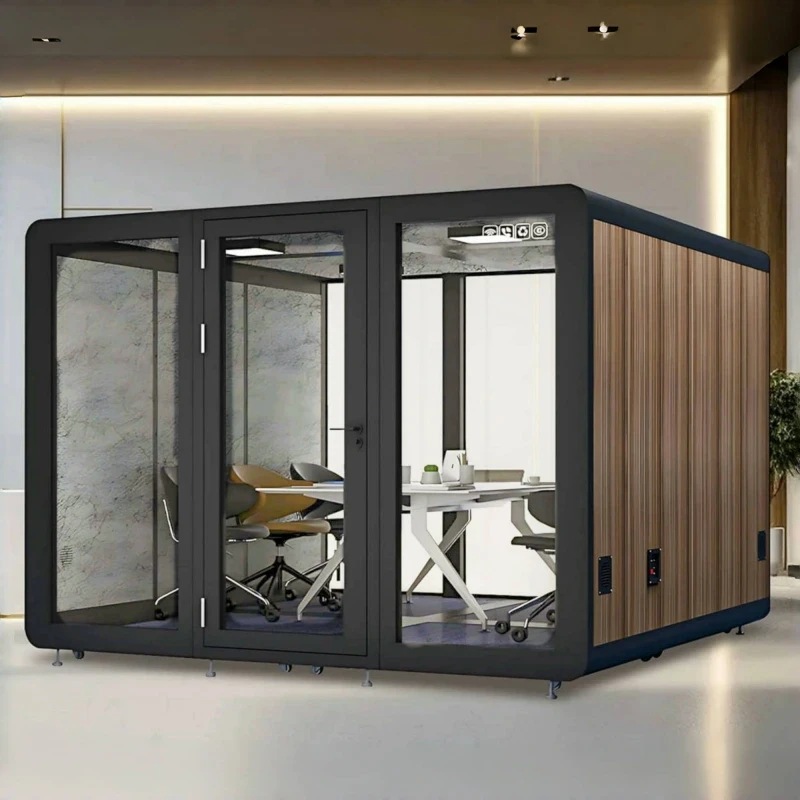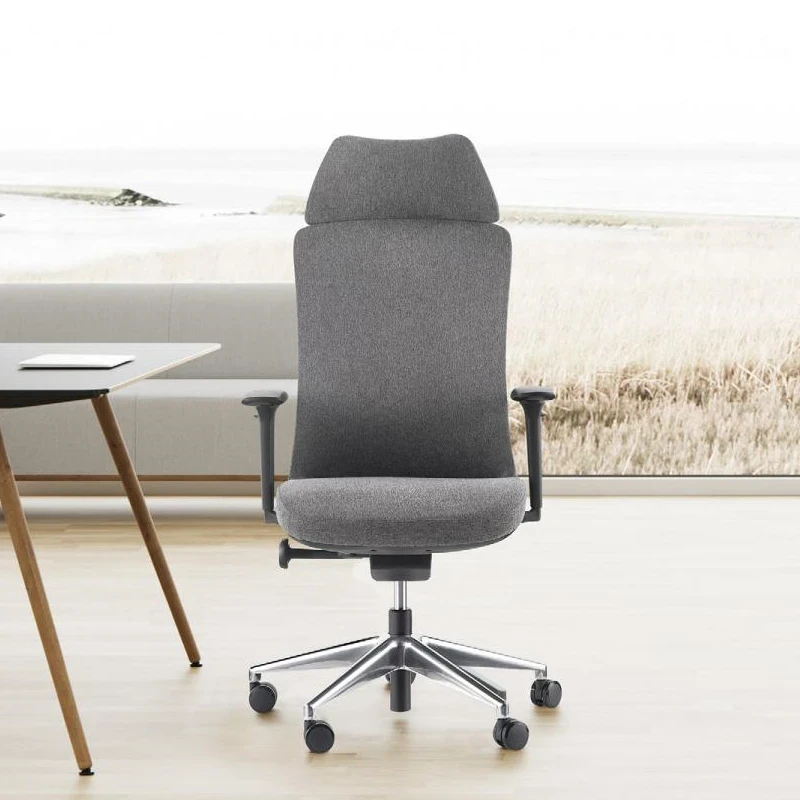Cashout Counter
● The checkout counter is where every customer must pass through to pay and check out. Customers making "incidental purchases" at the checkout counter not only increases impulse purchases but also improves customer quality.
● Although the checkout counter is small, if used properly, it can generate considerable benefits. The checkout area is where a large number of customers gather and is the most eye-catching part of the store. A sophisticated and high-end checkout area can also enhance the company's brand image.
As the "heart" of the store, the checkout counter is where every customer must pass through to pay and check out. Customers making "incidental purchases" at the checkout counter can also improve customer quality. Therefore, product selection, display, and marketing at the checkout counter are crucial.
How should you choose products for the checkout counter? Which products are suitable for the checkout counter? What are the characteristics of these products?
What Products Should Be Displayed at the Checkout Counter?
The checkout counter is suitable for seasonal, small-volume items that are easily impulse-purchased or easily recommended by the cashier, such as throat lozenges, Band-Aids, and condoms.
Products suitable for the checkout counter can be divided into three categories:
1. Household Products
These products are commonly used or essential items that are highly recognized by consumers and needed by all family members. They are easy to market, have high conversion rates, and have a large market potential. Currently, pharmacies commonly use daily necessities, food, family planning products, vitamins, throat lozenges, Band-Aids, and chewing gum for their checkout counter marketing.
2. Seasonal Products
Based on the changing seasons, display seasonal products related to common illnesses in that season.
● Colds are more common in spring, so consider products like Isatis root, loquat candy, vitamin C effervescent tablets, and nutrient supplements.
● In the hot summer, consider Huoxiang Zhengqi water, Fengyoujing (essence of wind oil), facial masks, eye patches, sunscreen, floral water, and lactobacillus tablets.
● In autumn, consider products like goji berries, honey, American ginseng, red dates, olive oil, and body lotion.
● In winter, focus on products like hand cream, glycerin, lip balm, warm baby products, and nutrient supplements.
3. New Products
For newly launched products, displaying them near the checkout counter increases product exposure. Cashier introductions can deepen consumers' understanding of the new product and encourage subsequent purchases. Generally speaking, checkout counter merchandise has the following characteristics:
● 1) Small size: Due to limited floor space, small, convenient items are more suitable.
● 2) Reasonable Prices: The unit price of products sold at the checkout counter should not exceed 30 yuan, with prices between 10 and 20 yuan being ideal. Excessively high prices can discourage consumers from purchasing, while excessively low prices can discourage cashiers from recommending items.
● 3) Impulse Buying: Supermarket checkout counters often display products such as plums, gum, lollipops, and children's snacks, which can easily lead to impulse buying. Pharmacies can follow suit.
● 4) Branded Products: These products come from major manufacturers, are familiar to consumers, and are easily recommended. Checkout counters can feature currently advertised products, focusing on well-known, popular, and seasonal elements.
Checkout Counter Product Display
Overall, checkout counter displays should be aesthetically pleasing, neatly organized, and organized. For example, cosmetics stores often have spacious and elegant checkout counters, with a wide variety of products displayed neatly. Products intended for promotion should be primarily displayed on the checkout counter, behind the counter, in front of the counter, and in the surrounding area. The specific display areas for each area are as follows:
● Back area: Display high-profit, fragile items. A well-designed background is crucial, and lighting is crucial.
● Countertop: Display smaller, lower-priced, and easily forgotten items in a stepped layout.
● Front area: Display items prone to impulse purchases, private items, seasonal items, and items with high brand recognition.
● Surrounding area: This can include display cases, dedicated promotional areas, and promotional racks for flyers, medication instructions, etc.
In addition, the checkout counter should make good use of display props, such as hooks or small baskets. Comparative displays can also be used to highlight the selling points of featured products. Products should be rotated frequently to avoid visual fatigue and consumer burnout, and to increase product appeal.
Furthermore, the area near the checkout counter can also feature dedicated back-of-sale counters, preferably for personal care products or small and medium-sized appliances. Other categories, such as premium canned Chinese herbal medicines or high-end ginseng, can also be displayed.
After the checkout counter is displayed, it must be properly maintained. If items are missing or tilted, staff are required to promptly restock and restock the missing items.
Secondary Marketing at the Checkout Counter
Improving secondary marketing at the checkout counter not only increases consumer purchase opportunities but also presents a significant opportunity to boost sales. A comprehensive performance evaluation system, proactive staff recommendations, and enhanced product statistics and analysis can all increase sales at the checkout counter.
To boost sales and increase average order value, secondary marketing at the checkout counter should be promoted in the following ways:
1. Collaborative Sales
The key to successful secondary sales at the checkout counter lies with the cashier.
Cashiers must not only possess sufficient and comprehensive professional knowledge but also be able to communicate effectively with customers, address customer objections appropriately, maintain a smile at all times, and practice collaborative sales.
For example: cold medicine and birth control pills can be paired with vitamin C; alcohol and ointment can be paired with cotton swabs; customers can be recommended to use with food they've purchased, and so on. Sometimes, a salesperson's recommendation might seem off-putting to the customer, but when the cashier offers the same combination, they might reconsider. While cashiers should be comprehensive, they should also be brief and concise.
2. Clear Rewards and Punishments
Companies or stores should evaluate cashiers and implement both penalties and rewards to motivate them.
3. Cashiers Should Follow "Three Principles"
● Be proactive: Speak up and seize opportunities to recommend targeted products to customers that they might need.
● Be confident: Confident recommendations require solid professional knowledge. This also requires cashiers to be familiar with the items at the checkout counter and understand relevant medication combinations.
● Be persistent: You can implement tasks, rewards, and punishments to boost cashier motivation.
4. Pay attention to detail
Details are crucial. Customers can observe the cleanliness and tidiness of the checkout counter. Maintaining orderliness on the countertop, orderly checkout procedures, and friendly and calm cashier service ensures customers feel comfortable paying.
It's important to note that seasonal items, daily necessities like throat lozenges, and other items are more likely to move quickly, while slow-moving items should be avoided. For example, Band-Aids and lozenges are popular, while some vitamin C and vitamin B (health-related) products are less frequently sold. Sugars in health foods are slow-moving items. Stores can choose to display high-moving items at the checkout counter to maximize profits.

 USD
USD
 GBP
GBP
 EUR
EUR
